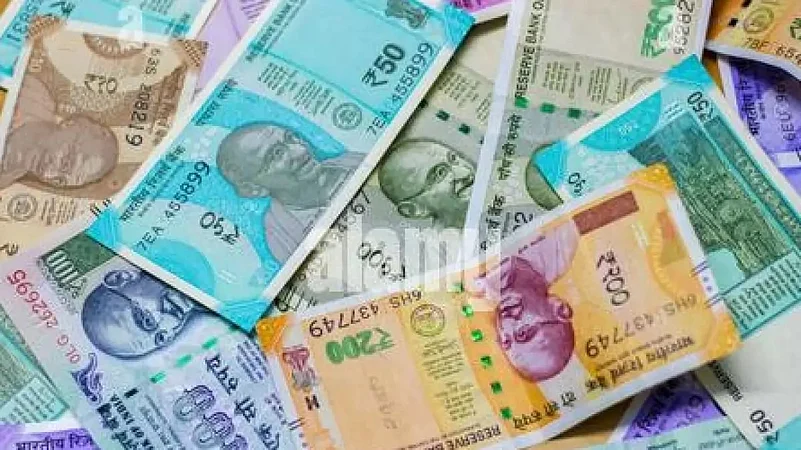November 8, 2016 was a day which took every Indian by surprise. That day, Prime Minister Narendra Modi, in an unscheduled live television broadcast, announced the demonetisation of the then existing bank currency notes of Rs 500 and Rs 1,000 denominations.
India has progressed a lot since then, and unified payment interface (UPI ) is now an extremely popular as well as leading instant payment solution. But cash still remains the dominant mode of usage in payments at Rs 30.88 lakh crore as of October 2022.
A huge 44 per cent of Indians surveyed by a Delhi-based market research company, Localcircles, said that they had bought a property in the last seven years, and cash was part of the transaction.
Krupesh Bhat, founder, SignDesk, a Bengaluru based digital documentation solutions company, said that the the reality on the ground is that India is still mostly a cash-based economy.
"While demonetization caused a dip in cash usage, this did not necessarily translate into people switching to digital. Once things settled down, the currency in circulation (CIC) actually returned to linear year-on-year growth, indicating that demonetization did not have a significant impact on digital adoption," Bhat further added.
For gathering consumer insights about the impact of demonetisation six years on, Localcircles spoke to 32,000 Indians from 342 districts, comprising 68 per cent men and 32 per cent women. The city-wise composition was as follows: 44 per cent people were from tier-1 cities, 34 per cent were from tier-2, and 22 per cent were from tier-3, tier-4, and the rural districts.
These were the findings as revealed by the survey.
Cash Was Still Used For Real Estate Transactions
Consumers agreed that cash was one of the top usage areas for property transactions, and about 8 per cent consumers said they had to pay over 50 per cent of the property value in cash. That said, a good 21 per cent consumers said that they paid no cash during the property transaction, and 15 per cent paid between 30 and 50 per cent of the transaction amount in cash.
A smaller 13 per cent paid 10-30 per cent in cash and an even smaller 8 per cent consumers agreed having paid up to 10 per cent of the amount in cash.
However, 35 per cent consumers neither confirmed nor denied paying cash for property transactions.
“It is safe to assume that many of these individuals did pay some cash in the transaction(s) they conducted, but they are not comfortable disclosing the same,” said Localcircles.
Most Consumers Are Paying Cash For Domestic And Personal Services
About 20 per cent of the people said that they had paid cash to their domestic staff without taking receipts. About 10 per cent did the same, but for personal services and/or home repairs.
About 16 per cent of those surveyed said they used cash for travel, personal service and/or home repairs and salaries of domestic staff.
The report noted that this trend revealed that most people have been paying cash for domestic staff services, personal services and for home repairs, among others.
According to Manan Dixit, founder, Fidypay, a Madhya Pradesh based digital payments solution company, the great majority of large stores are still accepting cash and no longer actively promote contactless payments, despite having QR Codes and generally not pushing customers to pay through UPI. Retailers have mixed feelings about the payment methods that customers choose to use, but "I'm optimistic that in a few more years, people won't be using cash as much and will feel more at ease because UPI is already being used for minor transactions."
Majority of Households Said That They Use Cash For Groceries
A huge 76 per cent of households said they used cash for groceries, eating out, and food delivery transactions in the last 12 months.
About 62 per cent people said that they used cash to pay for groceries.
The survey also noted the overall consumer sentiment and noted that many consumers are still to either shift or adopt digital payment systems, and that it might be because cash is still more convenient to pay for purchase of fruits, vegetables, or a few items of grocery from the store.
"Cash might still be king in most of India due to a lack of infrastructure and digital literacy, but all the signs point to big changes on the horizon. We must continue to build robust technology to provide easy access to cashfree payments and educate people to boost their comfort levels in using digital finance," said Bhat of SignDesk.














